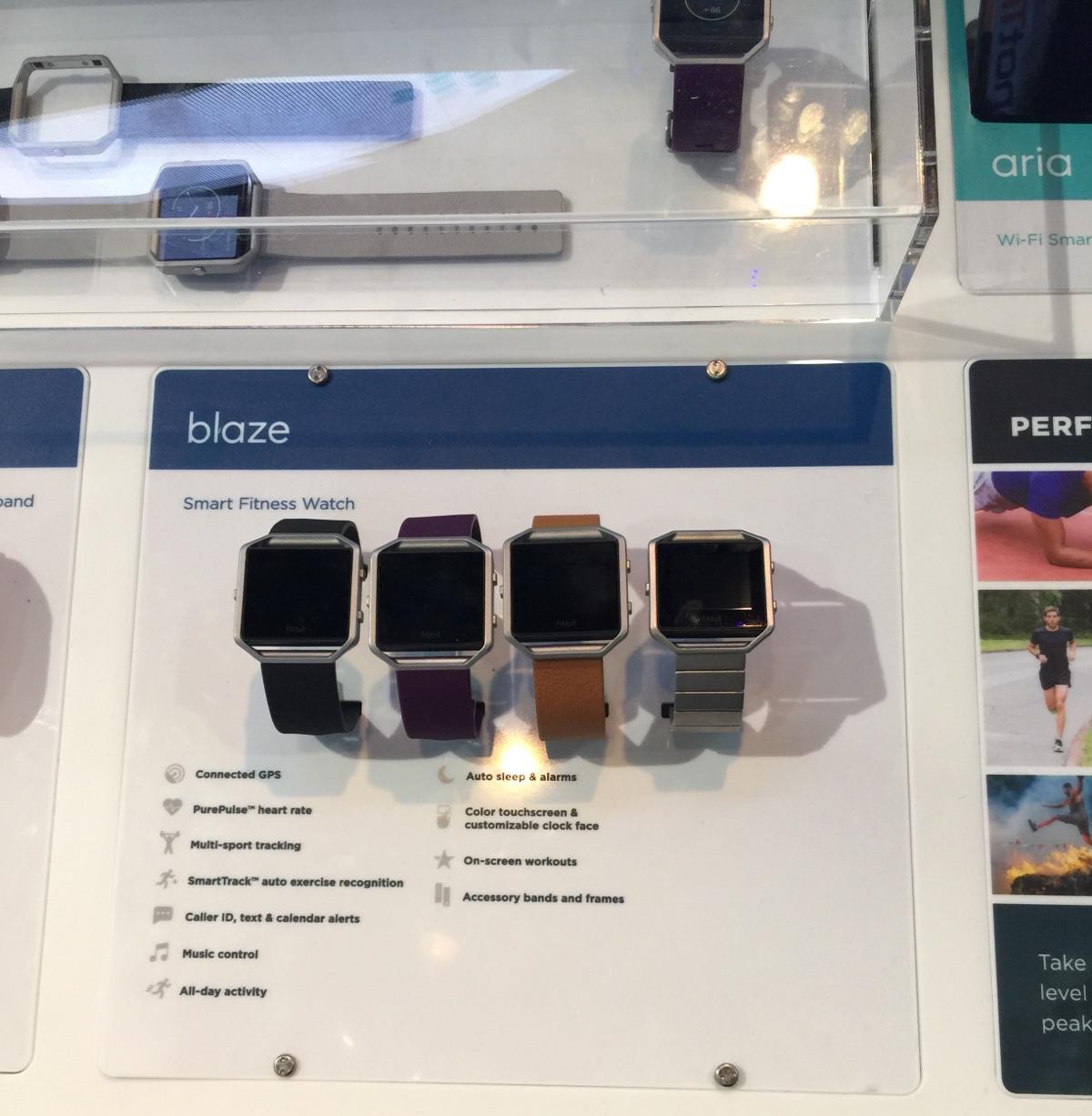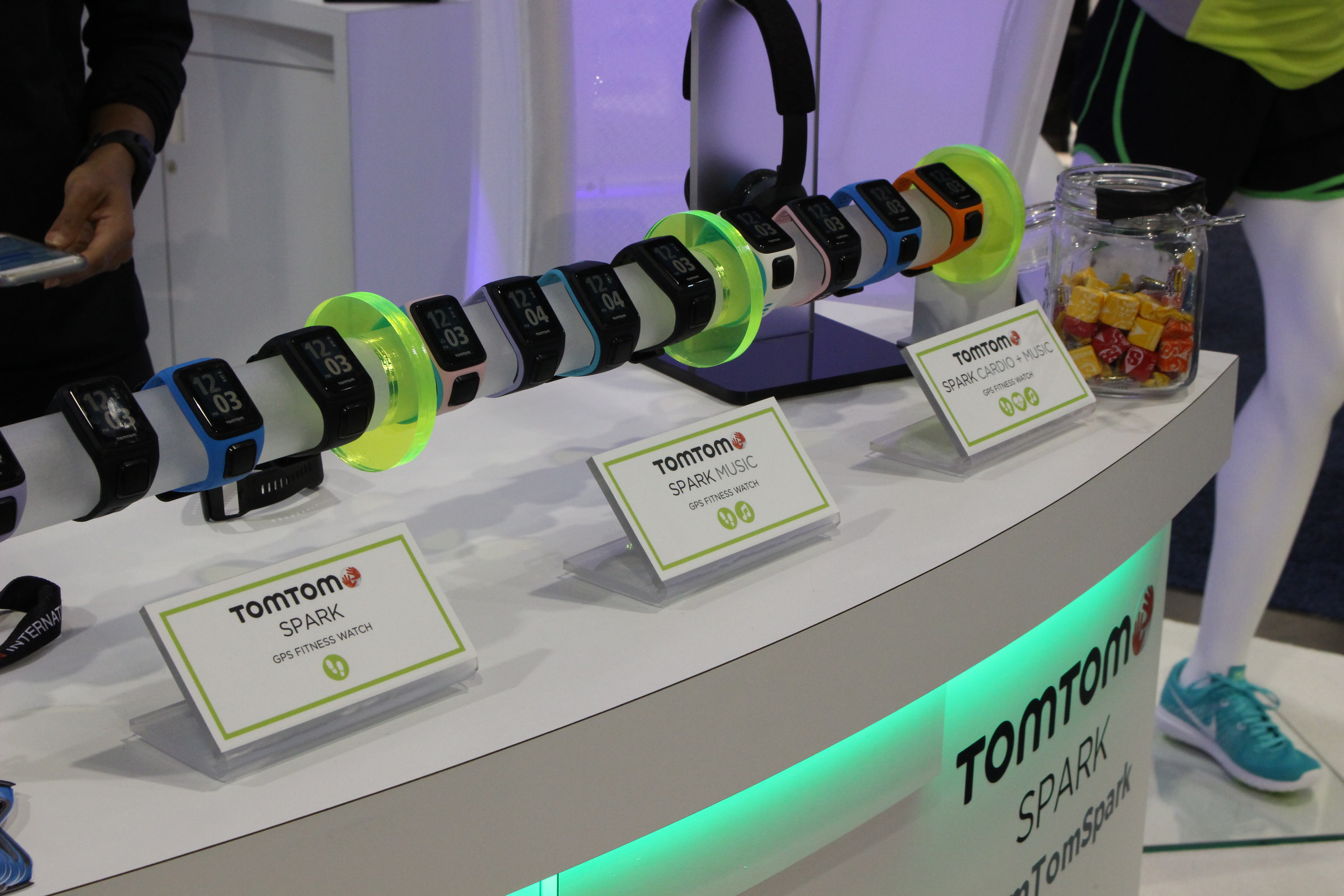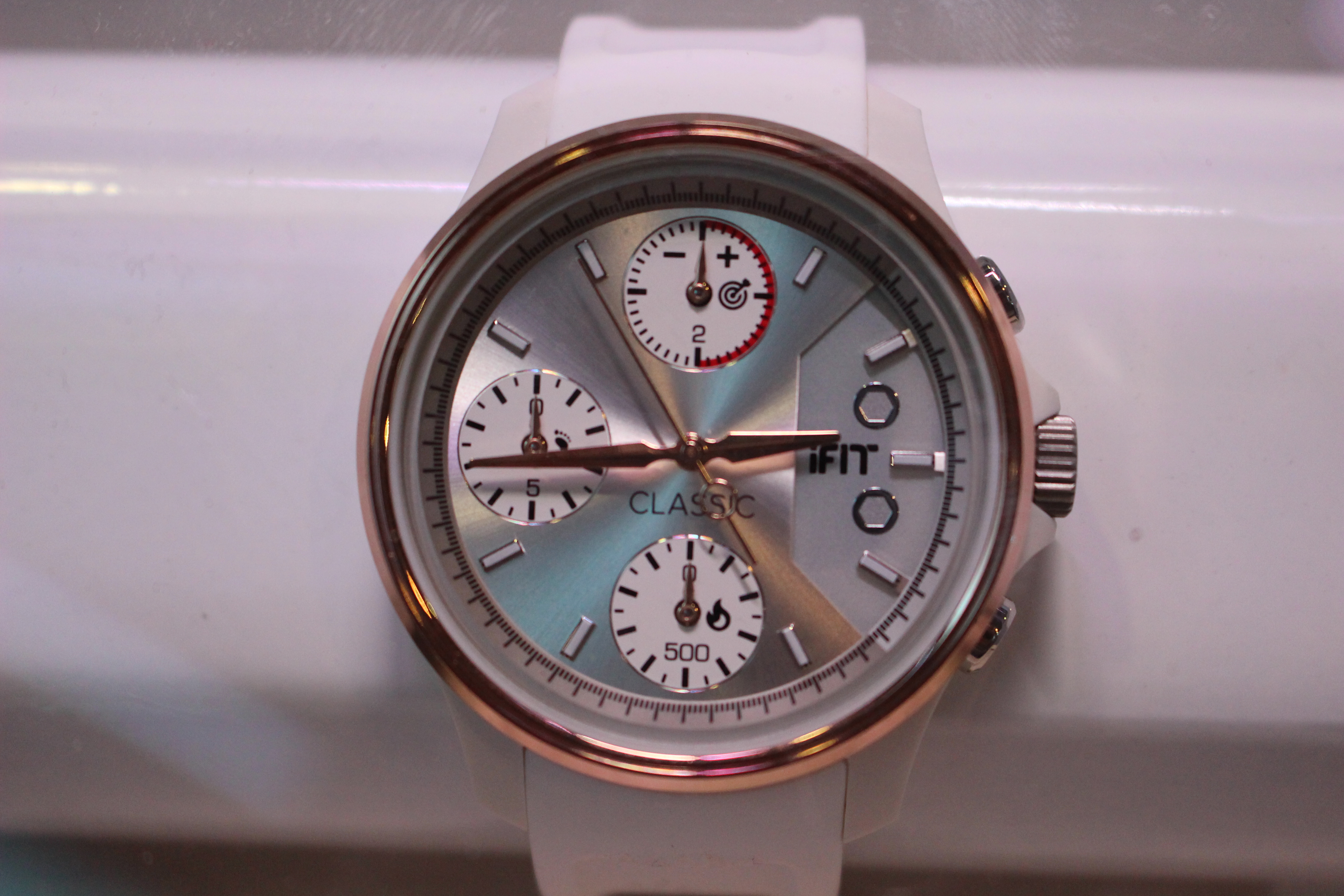
Wearables have been exploding on the tech scene recently, and CES 2016 was definitely no exception.
The more technology advances, the more we find it integrated into every aspect of our belongings, homes, and now bodies. For decades what was dreamed up in Sci-Fi movies seemed like far-fetched impossibilities, but if anyone needed proof that we are closer now than ever they need look no further than the 2016 CES show floor. If you didn’t manage to make it to the show or read any of the coverage in our CES portal, here is a brief recap- the hottest trends this year are wearables and the Internet of Things (link to previous post about CES).
Making Vital Connections
While wearables like Fitbit, Garmin, Misfit, Polar, and Xiaomi have been around for a few years, they have recently been really catching on with the mainstream public. Features that first started with basic pedometer functionality have improved to include heart rate, calories burned, goal tracking, GPS, phone connectivity- the list goes on and on. CES showed us that the new features rolling out on wearable devices will not only keep us better in tune with our physical performance, but will begin to provide personalized health support. As we know, there is no one-size-fits-all health plan, and we are seeing that reflected in the hardware and software of wearable tech.

Fitbit Blaze
Fitbit Blaze was announced at the show, which is the latest model from the health tracker giant. This new model puts a greater emphasis on the user interface, for the first time with a large, color screen similar to a smart watch. This new iteration now pulls the app interface to your wrist, and allows for customized workouts to be set and monitored. One interesting update is a handful of preset workout situations, to allow for more pinpointed measurement of body vitals in different situations. While this does support smart notifications from your phone about incoming information and updates, it does not allow actual downloading of other apps. These will be available for sale in March, along with different sets of bands which departs from the strictly sporty look.
The more advanced the data gathering becomes with these wearables the more we can truly see the standalone benefit to their use. For example, sleep monitoring is now popular in fitness wearables as an indicator of health that we have not seen before. Prior to this technology coming to personal wrist devices this sort of measurement was isolated to sleep clinics and physicians. There was talk around CES of stress detection being applied to these devices, to further advance the functionality and value of these products. What this trend is really doing is not only allowing consumers to be more in tune with their body and physical shape, but granting access to things we have not had before to lead healthier lives on all fronts.
Integrating a spectrum of health monitoring data points into wearables has been discussed in the past, but with the explosive advancement of the IoT, the possibilities are truly spectacular. Potentially, if patients have specific and known medical issues, wearables could send data points to their doctor without needing to go in for a checkup. Better still, if there is an irregularity (say blood pressure or glucose levels) the doctor could be alerted and potentially even emergency responders to prevent serious injury or death.
The Smart Watch Gets Smarter
Big names at CES this year for smart watches included the arrival of the Tag Heur Connected ($1,500) for those not concerned with cost. In addition to the standard smart watch connectivity and functions, this elite model features directional weather and wind monitoring, Google Fit, and RaceChrono pro lap timing.
There were also announcements from Motorola with their Moto 360 Sport catering to a more active crowd, with the standard heart rate, pedometer, and caloric metering. The one move that sets this model apart from the previous one (and many other smart watches on the market) is the GPS functionality.
And not to be left out, Pebble showed up to make themselves heard, and noticed as being a lower-cost smartphone option for those who want a different wearable appearance. Pebble believes that it is their software platform and interface that will win them favor with the wearable crowd.
Samsung announced that their Gear S2 will not only be compatible with other Android phones from competing manufacturers, but also support iPhone later in 2016. This is a move aimed directly at targeting those Apple Watch users, who currently make up the lion’s share of the smart watch market.
Beyond the Wrist
Samsung didn’t stop at the wrist though; their latest wearable announcements included smart suits, bags, and more. Their WELT (wellness belt) communicates with the user’s phone like a smart watch and offers many of the same functions, with some key improvements. The WELT monitors eating habits, steps taken, along with waist size and time spent sitting. After data points are gathered and analyzed, the output is a practical health metric; for example, “If you keep eating and walking as you have today, you will gain 3 pounds this month”. This gets to the real heart of smart wearable technology, which is not just better data gathering but also better actionable data analysis. This new wearable technology will go on sale later in 2016.
The smart suits showcased feature built-in technology that allows users to digitally exchange business cards, as well as a feature that automatically unlocks your phone when it is removed from the pocket. While this technology is surely exciting and innovative, I cannot help but feel concerned about the potential for cyber-attack, or even abuse by government agencies.
With technology becoming more intuitive and personalized, it makes sense that the future of personal electronics is in wearables. These next years will bring a vast new depth to wearables, and the smart watches are only the beginning.
What wearable technology interests you?



